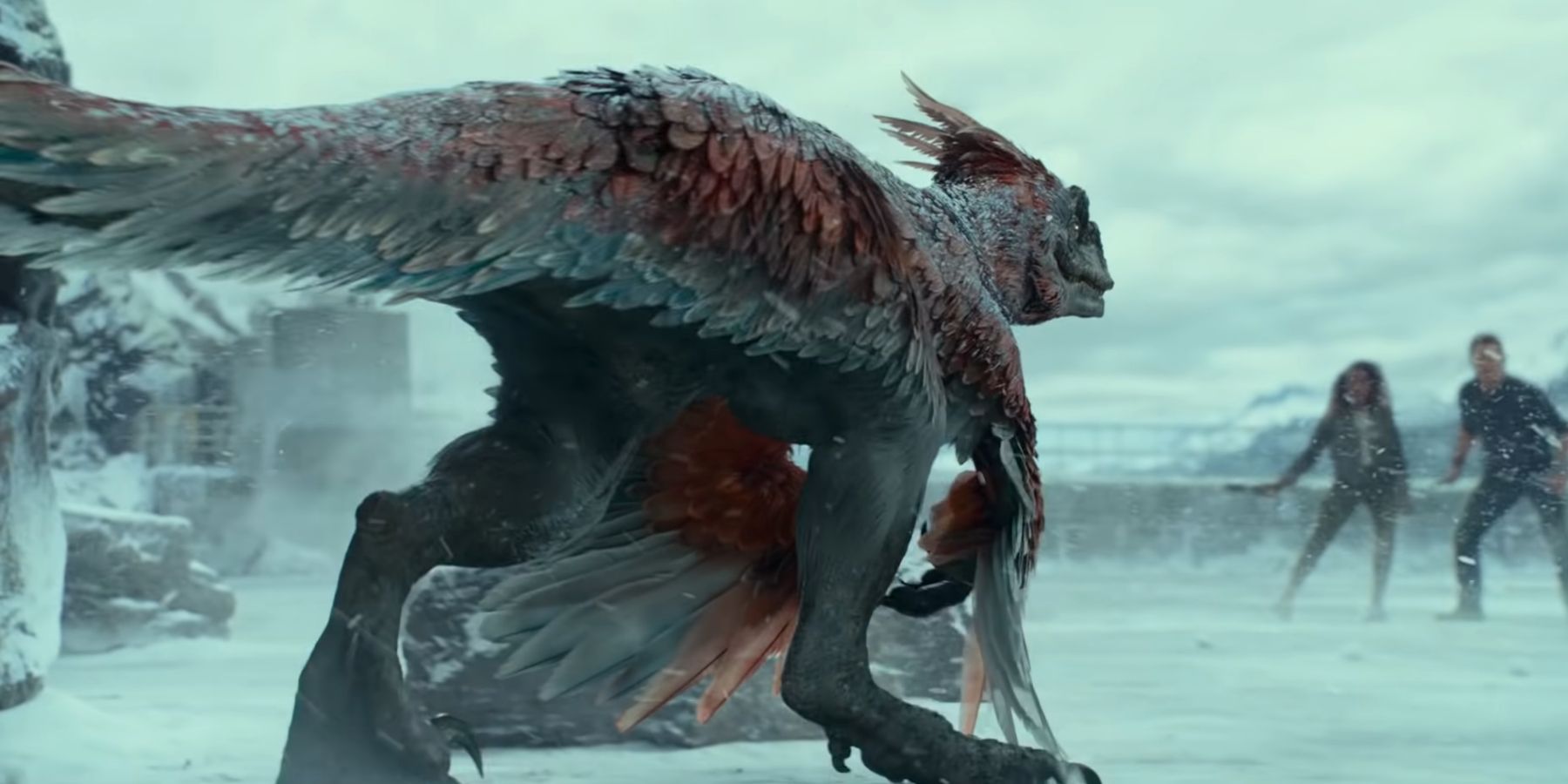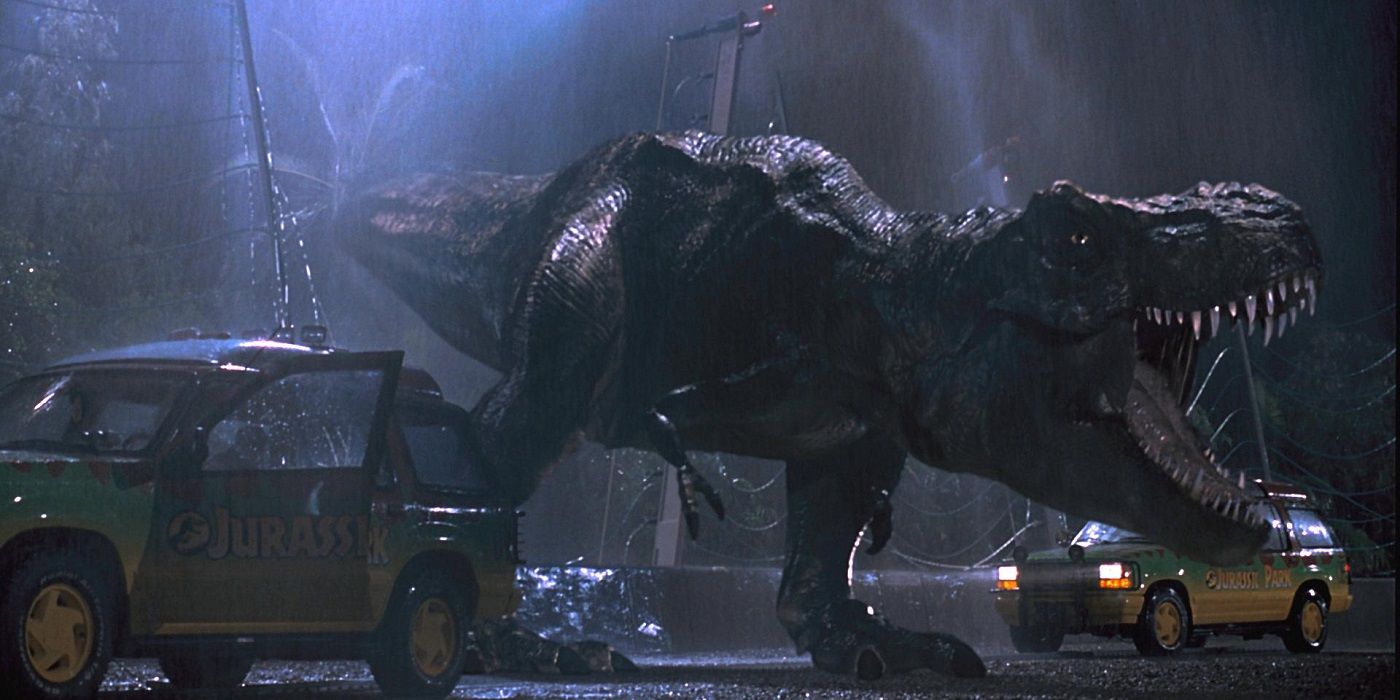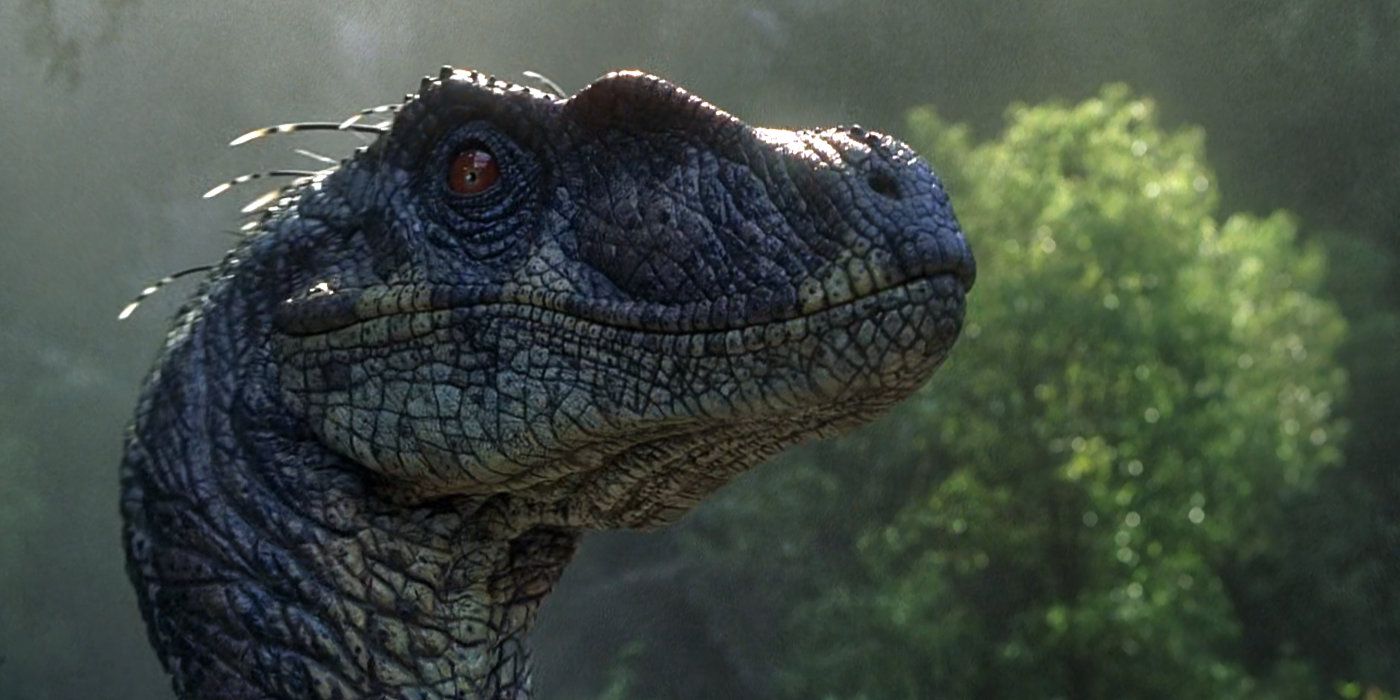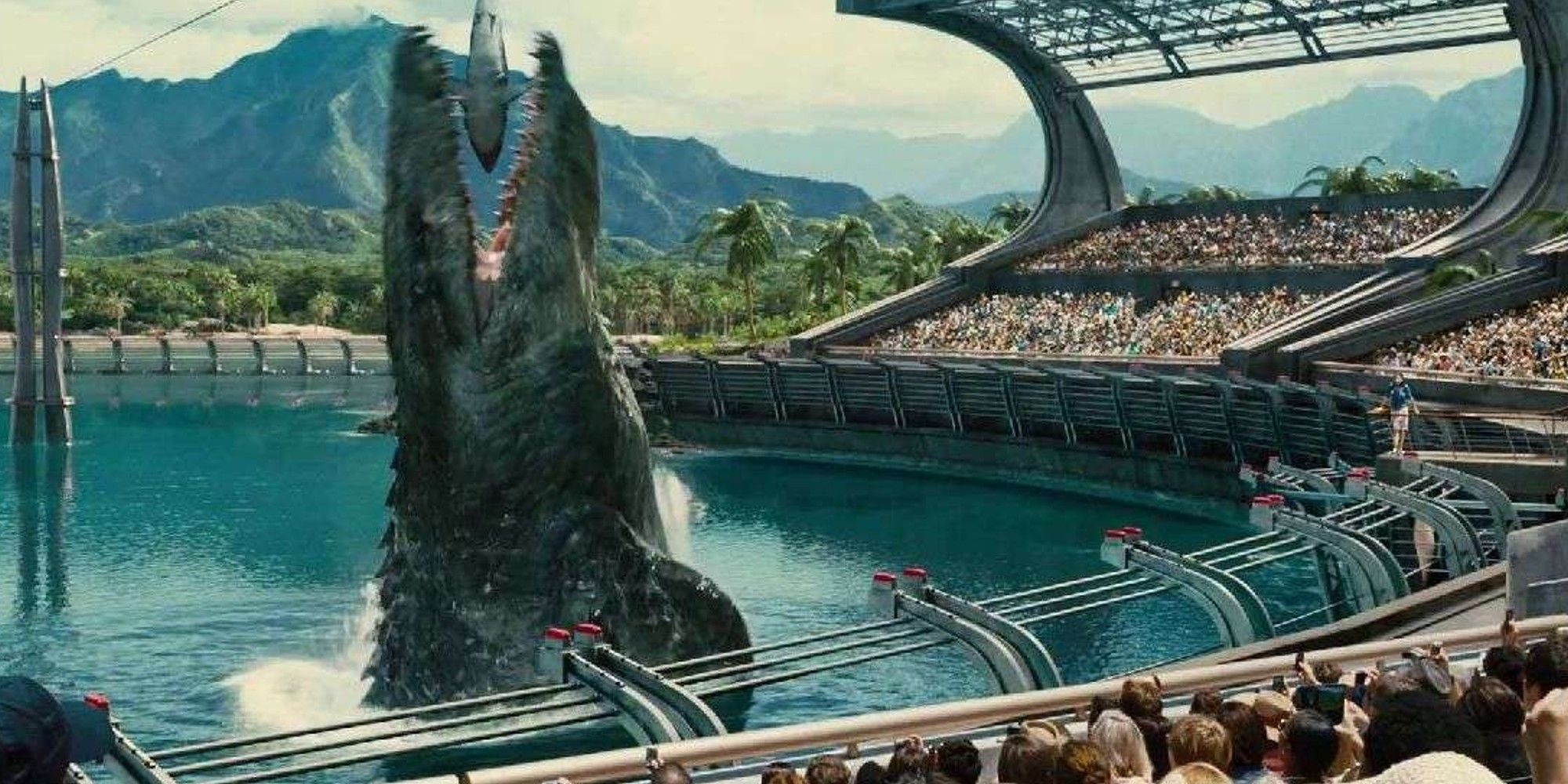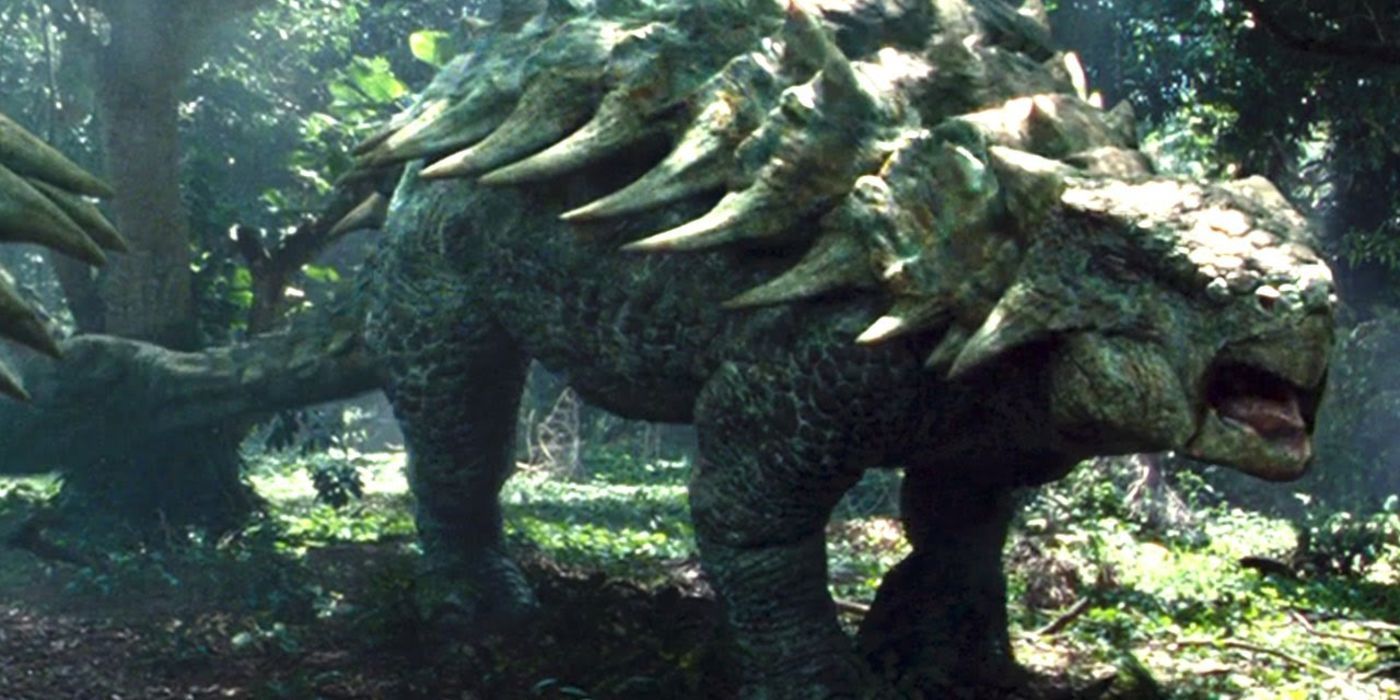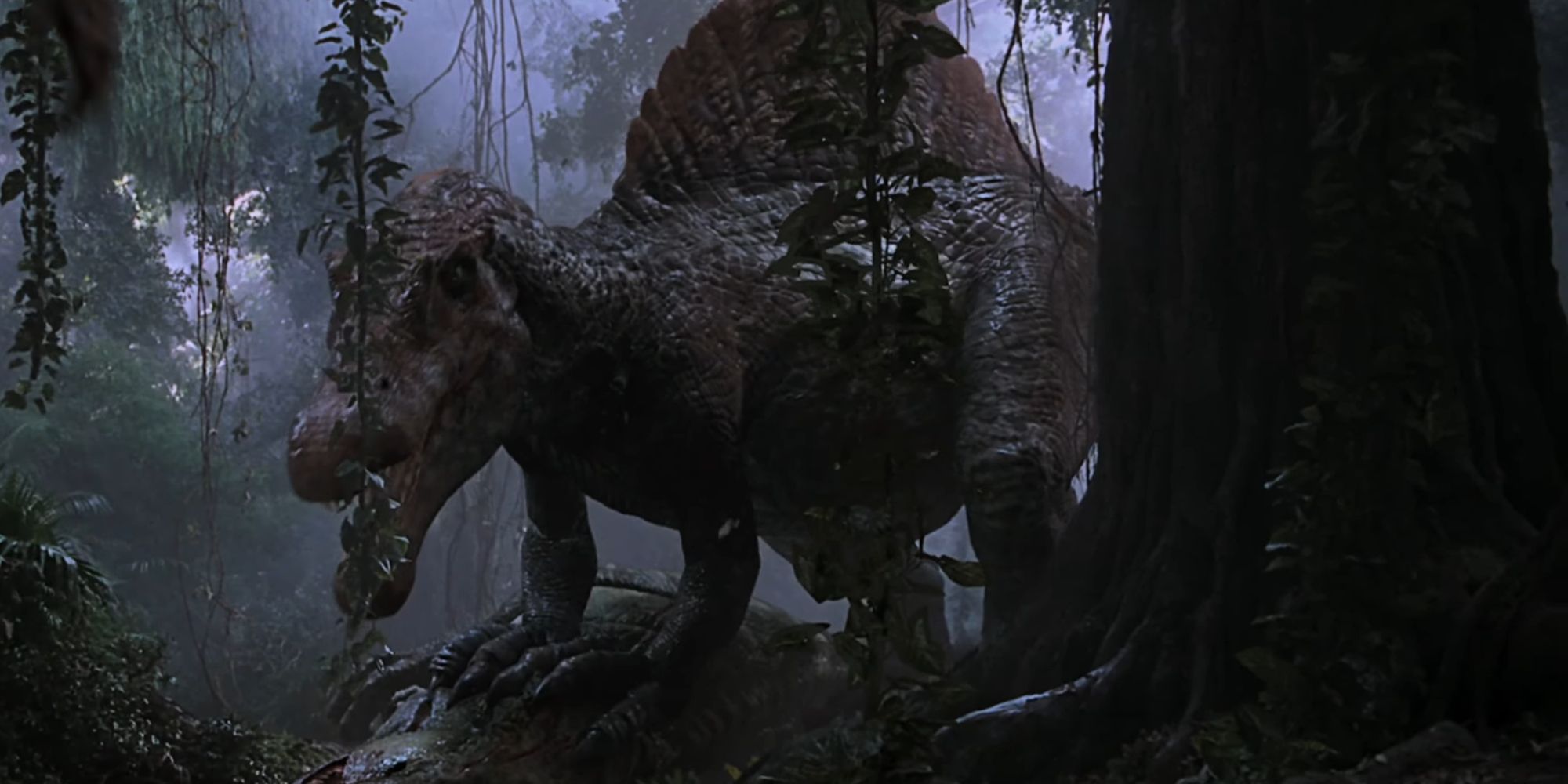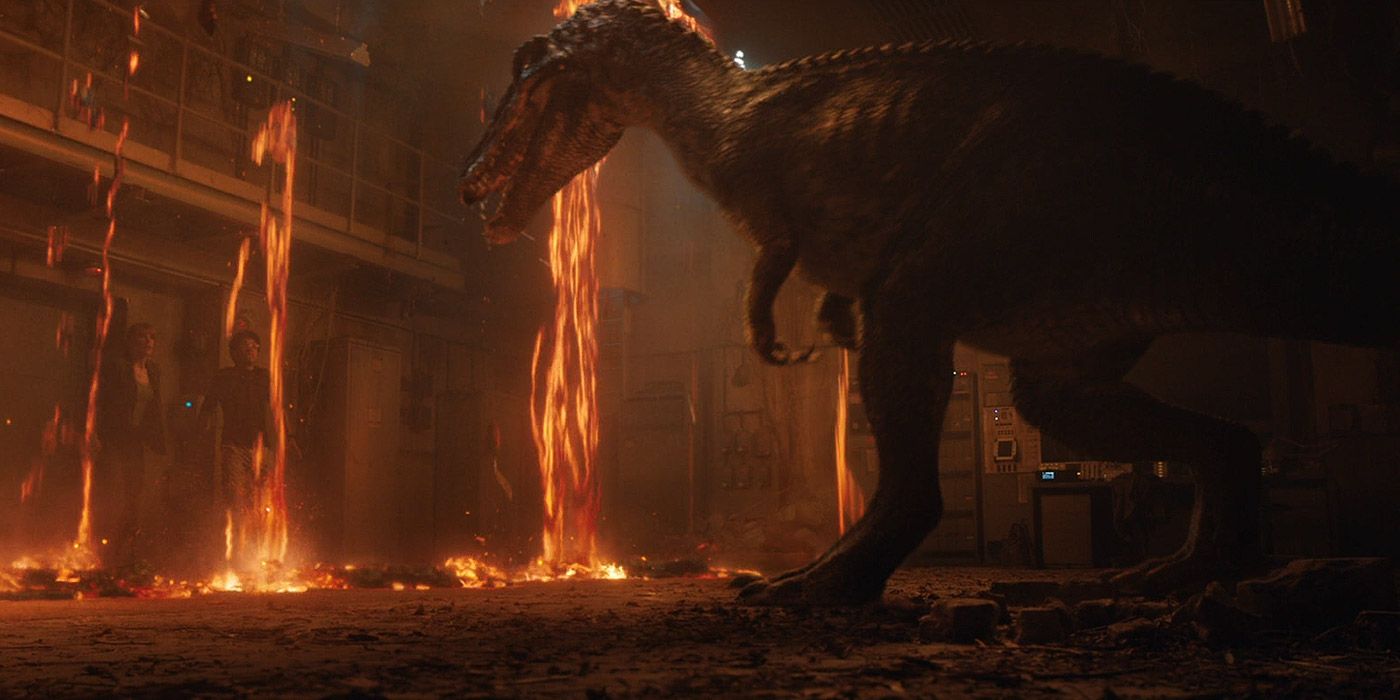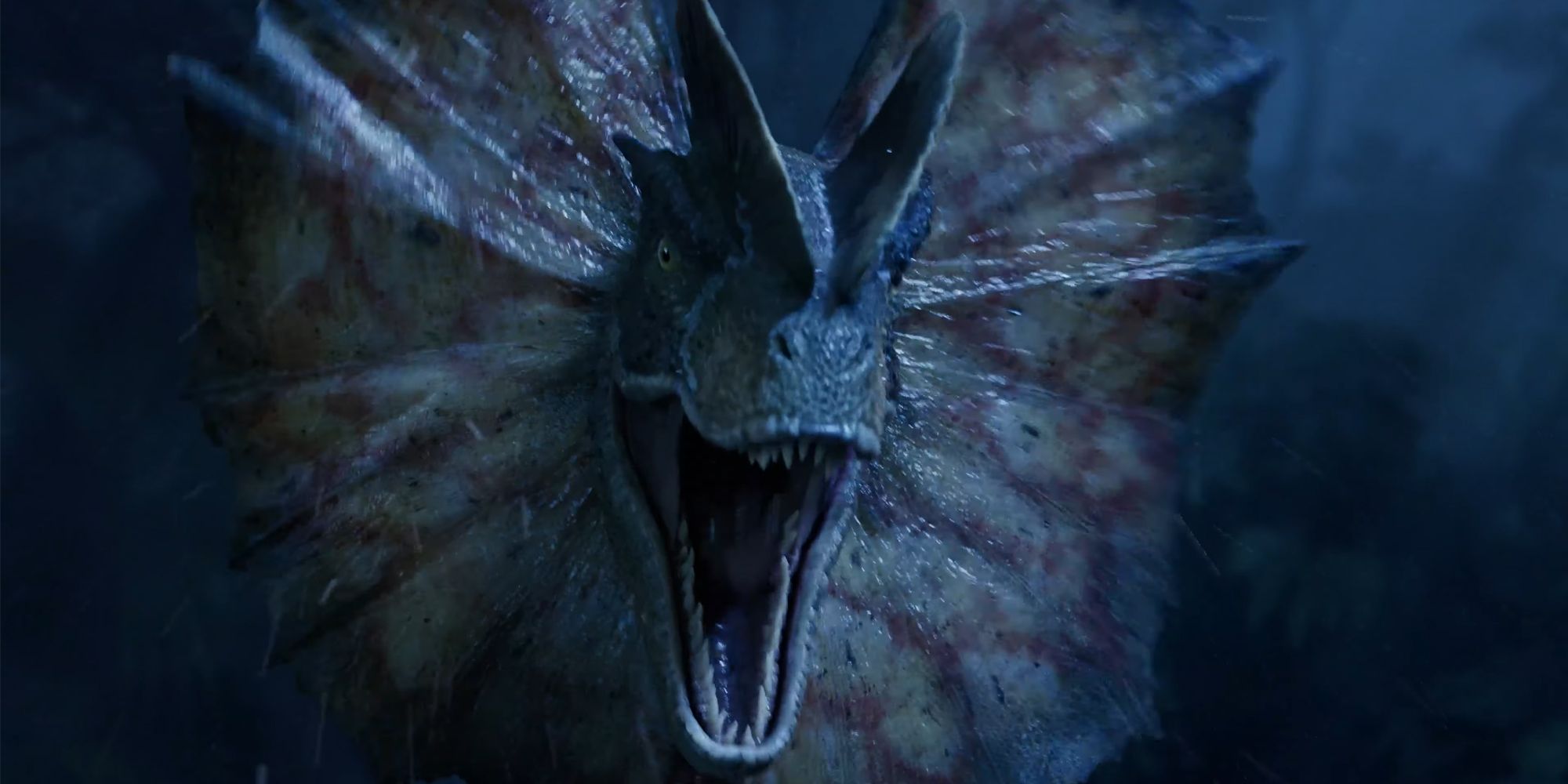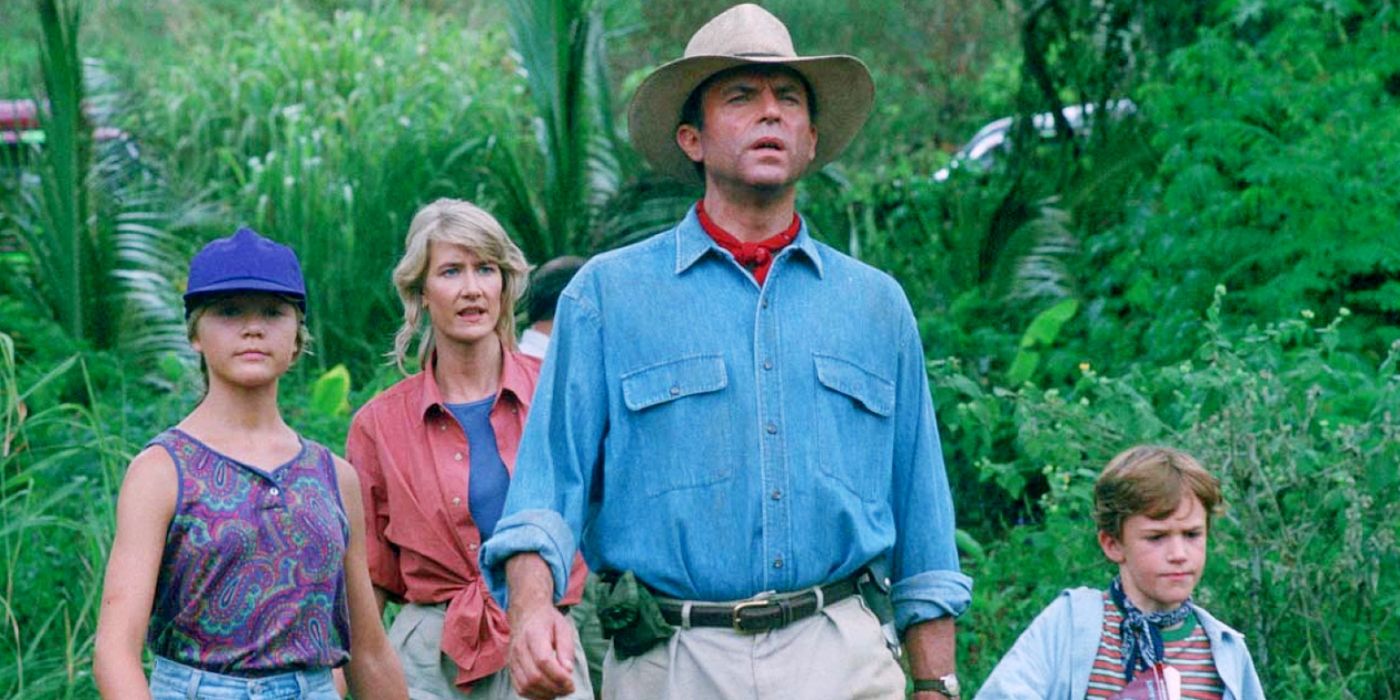
The Inaccurate Dinosaurs of Jurassic Park: A Comparative Analysis

A closer look at the dinosaur designs in the Jurassic Park franchise and how they differ from their real-life counterparts.
Introduction
The Jurassic Park franchise has captivated audiences with its stunning visuals, bringing to life the majestic creatures that roamed the Earth millions of years ago. However, a closer examination reveals that many of the dinosaur designs in the movies differ significantly from their real-life counterparts. While the franchise's efforts to recreate these prehistoric creatures have been impressive, there are notable inaccuracies in their physiologies and appearances.
A pyroraptor approaching Owen and Kayla in Jurassic World Dominion
This article will delve into the discrepancies between the movie portrayals and the actual dinosaurs, shedding light on the surprising differences and the creative liberties taken by the filmmakers. From the Pyroraptor's swimming abilities to the inaccuracies in the depiction of the Tyrannosaurus Rex, we will explore how these discrepancies have shaped the cinematic representation of dinosaurs.
Jurassic Park T-Rex
The Pyroraptor: A Surprising Invention
Among the notable inaccuracies in the franchise is the portrayal of the Pyroraptor in Jurassic World Dominion. In the movie, the Pyroraptor is depicted with a surprising ability - it can swim. This revelation, while gripping for the characters, lacks factual support, as there is no evidence of the Pyroraptor being equipped for aquatic locomotion.
A Velociraptor hears a call from one of its own in Jurassic Park III
Furthermore, the Pyroraptor's swimming prowess in the movie almost presents it as an aquatic dinosaur, which contradicts its real-life characteristics. However, the movie's portrayal does maintain some accuracy in depicting the Pyroraptor with feathers, a feature that was lost in the translation for several other dinosaur species in the franchise.
The Mosasaurus emerges from the water tank to eat in Jurassic World
The Pyroraptor's unexpected swimming abilities in the film highlight the creative liberties taken by the filmmakers, shaping a cinematic representation that diverges significantly from scientific knowledge.
Jurassic Park's Ankylosaurus
Tyrannosaurus Rex: A Vision Contradiction
The iconic Tyrannosaurus Rex, while visually imposing in the Jurassic Park films, is not without inaccuracies. One notable discrepancy is the portrayal of its vision - the movie establishes that the T-Rex can only see moving objects, a detail that is not based in fact. Paleontologists have refuted this claim, asserting that the T-Rex had vision similar to a hawk's and could see objects whether they were moving or not.
The Spinosaurus standing over the corpse of the T-Rex in Jurassic Park III
Despite its imposing presence on screen, the T-Rex's inaccurate depiction of vision in the movies presents a stark contradiction to scientific understanding, highlighting the blend of fiction and reality in the cinematic portrayal of this majestic predator.
Spinosaurus: A Divergence from Reality
In Jurassic Park III, the Spinosaurus is depicted in a manner that diverges significantly from its real-life counterpart. The movie's portrayal presents the Spinosaurus with hind legs that are too large and a long neck, deviating from the dinosaur's actual physical characteristics.
Furthermore, the movie's depiction of the Spinosaurus as a land predator contradicts its real-life lifestyle, as the Spinosaurus was believed to have spent much of its time in rivers, feeding on aquatic life. These inaccuracies in the movie's portrayal are attributed to the limited scientific knowledge about the Spinosaurus at the time of the film's release, leading to conjecture-based representations rather than evidence-based depictions.
A Baryonyx attacks Claire and Franklin in Jurassic World: Fallen Kingdom
The discrepancies in the depiction of the Spinosaurus shed light on the evolving understanding of prehistoric creatures and the challenges of accurately representing them in cinematic adaptations.
JP Survival - Dilophosaurus
